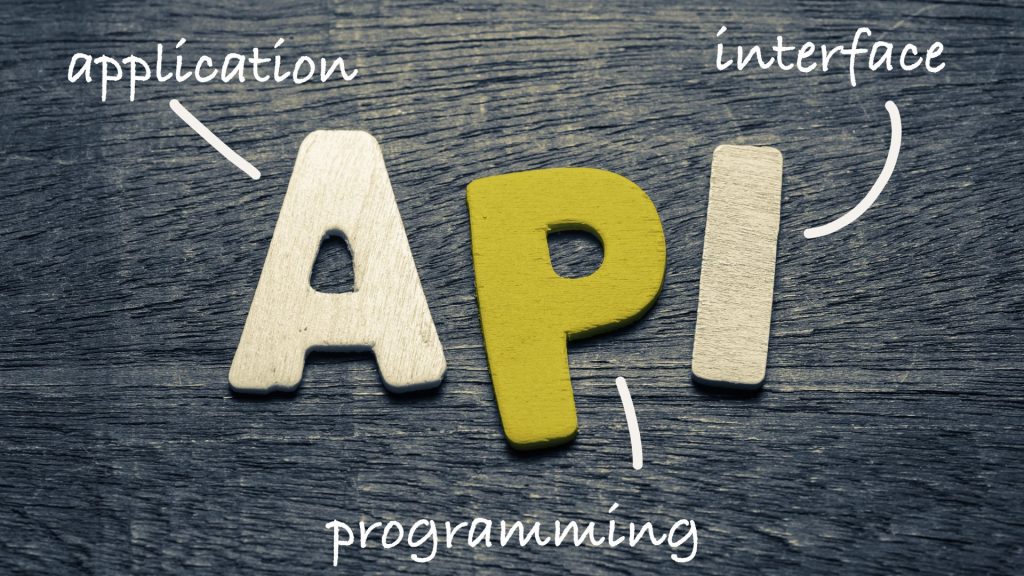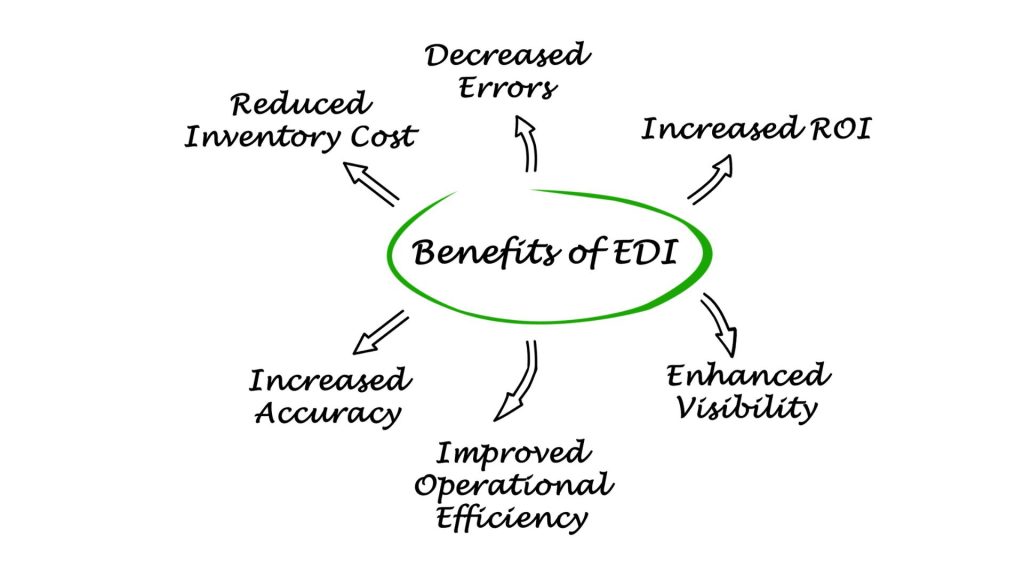Introduction
Electronic Data Interchange (EDI) has been the backbone of B2B communications for 60 years, revolutionizing how businesses exchange documents like purchase orders, invoices, and shipping notices. Since the first EDI message was sent in 1965 via telex by the Holland-America Line, this technology has grown from a niche innovation to a mandatory requirement for large retailers and global enterprises.
Yet, despite its widespread adoption in industries like retail, healthcare, and manufacturing, EDI is still not universally adopted across all supply chain even in 2025. Why? This blog explores EDI’s historical milestones, its current challenges, and why some businesses still resist full adoption while also looking ahead at emerging trends like EDI-as-a-Service, APIs, and blockchain integration.
A Brief History of EDI: From Telex to AI-Driven Automation

1960s: The Birth of EDI
- 1965: The first EDI message was a shipping manifest sent via telex by the Holland-America Line, reducing manual paperwork and improving cargo tracking.
- 1968: The Transportation Data Coordinating Committee (TDCC) developed early EDI standards for the logistics industry.
1970s–1980s: Standardization & Industry Adoption
- 1975: FTP (File Transfer Protocol) was introduced, enabling digital file transfers—a precursor to modern EDI transmissions.
- 1979: ANSI X12 was established as the first U.S. EDI standard, followed by UN/EDIFACT in 1988 for global use.
- 1980s: Major retailers (e.g., Walmart) and automotive manufacturers began mandating EDI from suppliers, accelerating adoption.
1990s–2000s: The Rise of the Internet & HIPAA Compliance
- 1996: The U.S. National Institute of Standards and Technology (NIST) formally defined EDI as computer-to-computer structured data exchange.
- 2000s: AS2 (Applicability Statement 2) emerged as a secure internet protocol, replacing VANs (Value-Added Networks) for many businesses.
- 2005: Countries like Brazil and Mexico mandated e-invoicing, pushing EDI into tax compliance.
2010s–2025: Cloud, APIs, and Hybrid EDI
- 2014: The EU’s Directive 2014/55/EU standardized e-invoicing, further embedding EDI in global trade.
- 2020s: Cloud-based EDI, AI-driven analytics, and blockchain began enhancing EDI with real-time tracking and smart contracts.
- 2025: EDI-as-a-Service (EDaaS) and hybrid API-EDI models are gaining traction, blending traditional reliability with modern flexibility.

Why Isn’t EDI Everywhere? Key Challenges in 2025
Despite its dominance, EDI still faces adoption barriers, particularly among smaller businesses and industries with fragmented supply chains. Here’s why:
1. High Implementation Costs & Complexity
- Legacy EDI systems require significant upfront investment in software, VANs, and IT expertise.
- Small suppliers often lack resources to comply with large retailers’ EDI mandates, forcing them into manual workarounds.
2. Competing Standards & Fragmented Protocols
- Multiple EDI standards (ANSI X12, EDIFACT, Peppol, etc.) create compatibility issues, especially in global trade.
- Some industries (e.g., automotive) use proprietary formats (VDA, ODETTE), complicating cross-sector integration.
3. Slow Onboarding & Resistance to Change
- Adding new trading partners can take months due to mapping and testing requirements.
- Many businesses still rely on email, PDFs, or Excel instead of EDI, citing familiarity over efficiency.
4. Competition from APIs & Web Services
- APIs enable real-time data exchange, making them attractive for dynamic e-commerce and IoT applications.
- However, APIs lack EDI’s standardization, leading some to adopt hybrid EDI-API solutions.
5. Bad Data & Lack of Real-Time Visibility
- Poor data quality (duplicate entries, missing fields) can disrupt automated EDI workflows.
- Some legacy EDI systems still struggle with real-time tracking, unlike modern cloud-based alternatives.
The Future of EDI: Trends Shaping 2025 and Beyond

1. EDI-as-a-Service (EDaaS) & Cloud Adoption
- Cloud-based EDI (e.g., ActionEDI, Epicor EDI) reduces costs and simplifies scaling.
- Managed EDI services help smaller businesses comply with mandates without heavy IT investment.
2. AI & Blockchain for Smarter EDI
- AI-powered data validation reduces errors in invoices and purchase orders.
- Blockchain-enabled EDI ensures tamper-proof records for audits and compliance.
3. Hybrid EDI-API Models
- APIs handle real-time updates (e.g., inventory tracking), while EDI manages bulk transactions (e.g., invoices).
- Example: Walmart uses AS2 EDI but supplements it with APIs for supplier communications.
4. Global E-Invoicing Mandates
- Germany’s 2028 CTC (Continuous Transaction Controls) deadline is pushing early EDI adoption.
- Peppol (EU’s e-invoicing standard) is expanding globally, reducing format fragmentation.
5. Simplified Onboarding & Self-Service Portals
- Automated partner onboarding (e.g., self-service EDI portals) speeds up integration.
- Low-code EDI solutions allow non-technical users to map documents easily.
Conclusion: EDI’s Next 60 Years
EDI has come a long way since 1965’s telex messages, yet its journey isn’t over. While large enterprises rely on EDI for compliance and efficiency, broader adoption still faces cost, complexity, and competition from APIs.
The future lies in hybrid solutions that are combining EDI’s reliability with API flexibility, powered by AI, blockchain, and cloud scalability. For businesses lagging behind, EDI-as-a-Service and modern integration tools offer a path forward.
As we celebrate 60 years of EDI, one thing is clear: This “60-year-old tech” isn’t going anywhere, it’s just evolving to meet tomorrow’s supply chain demands.
Long live EDI!

1 thought on “The Evolution of EDI: 60 Years of Transforming Global Supply Chains (1965–2025)”